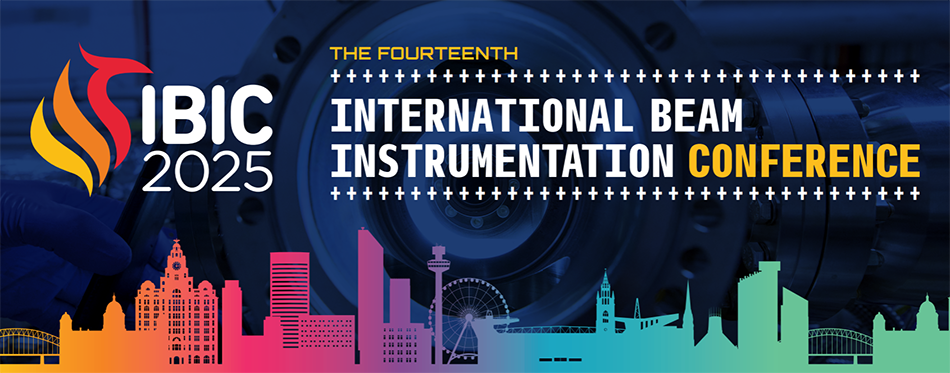Speaker
Description
Optical beam diagnostics, such as OTR screens and streak cameras, can overcome bandwidth limitations of electronic diagnostics. However, efficient light collection and transport is challenging. At the PEER (Pulsed Energetic Electrons for Research) facility at the Australian Synchrotron (AS), we use Cherenkov radiation (CR) generated in optical fibers to reconstruct longitudinal bunch profiles at ps timescales, using a streak camera. This is enabled by proportionality of emitted CR intensity to incident charge, when electrons directly impact the fiber. Streak cameras have been used to image CR*, but generating and transporting CR in the same fiber is novel, simplifying detector design and light transport. We present bunch profile measurements using this technique and assess its feasibility. We quantify distortion of CR due to modal and chromatic dispersion in the fiber, survey methods to reduce distortion, and improve signal-to-noise ratio. Bunch profile measurements at ps resolution may enable bunch purity optimisation and detection of microbunching, previously not possible at PEER. This will greatly benefit PEER users, as well as beam quality in the AS booster and storage rings.
Footnotes
- P. J. Giansiracusa, ‘An Optical Fibre Beam-Loss Monitor for the Australian Synchrotron’, The University of Melbourne, Melbourne, 2021.
** K. Nanbu et al., ‘Bunch Length Measurement Employing Cherenkov Radiation from a Thin Silica Aerogel’, Particles, vol. 1, no. 1, pp. 305–314, 2018 DOI: 10.3390/particles1010025
| I have read and accept the Conference Policies | Yes |
|---|

